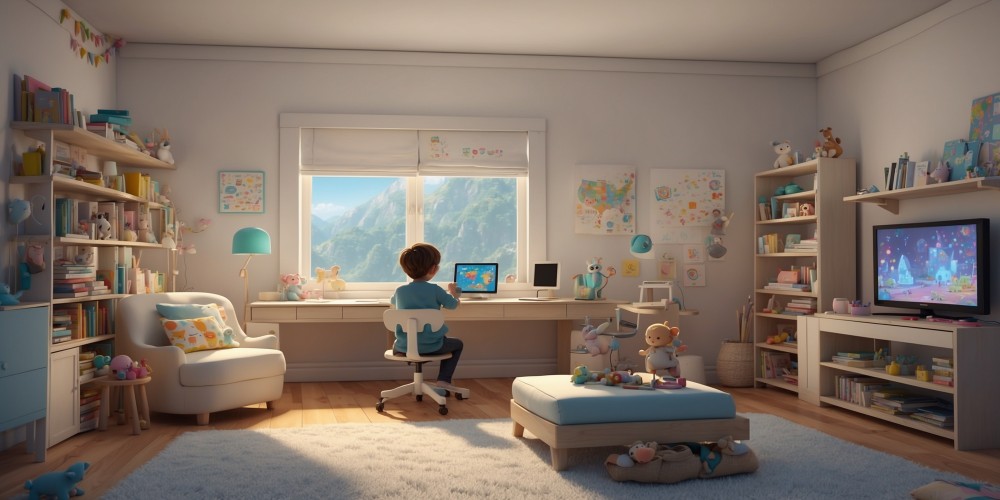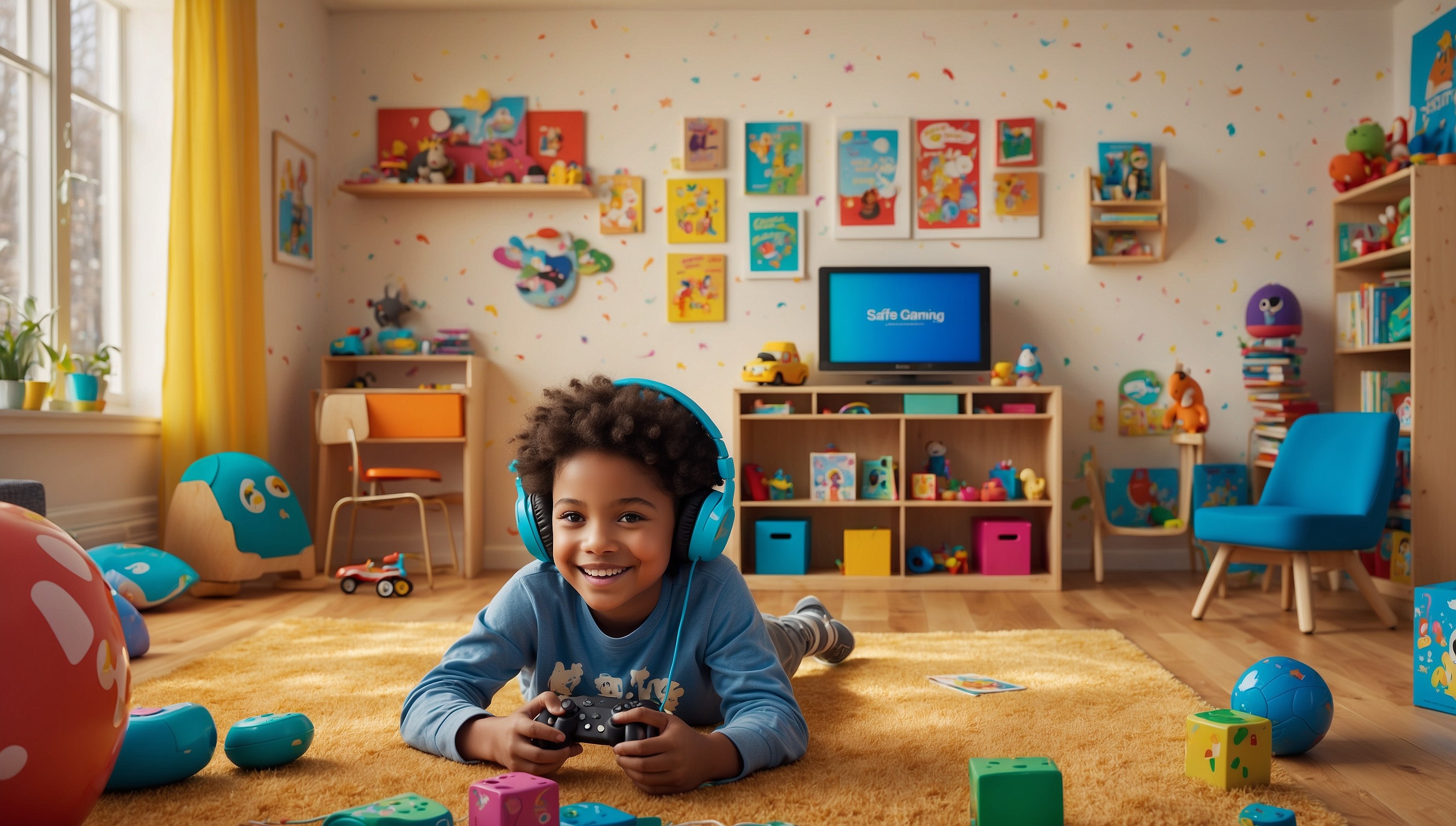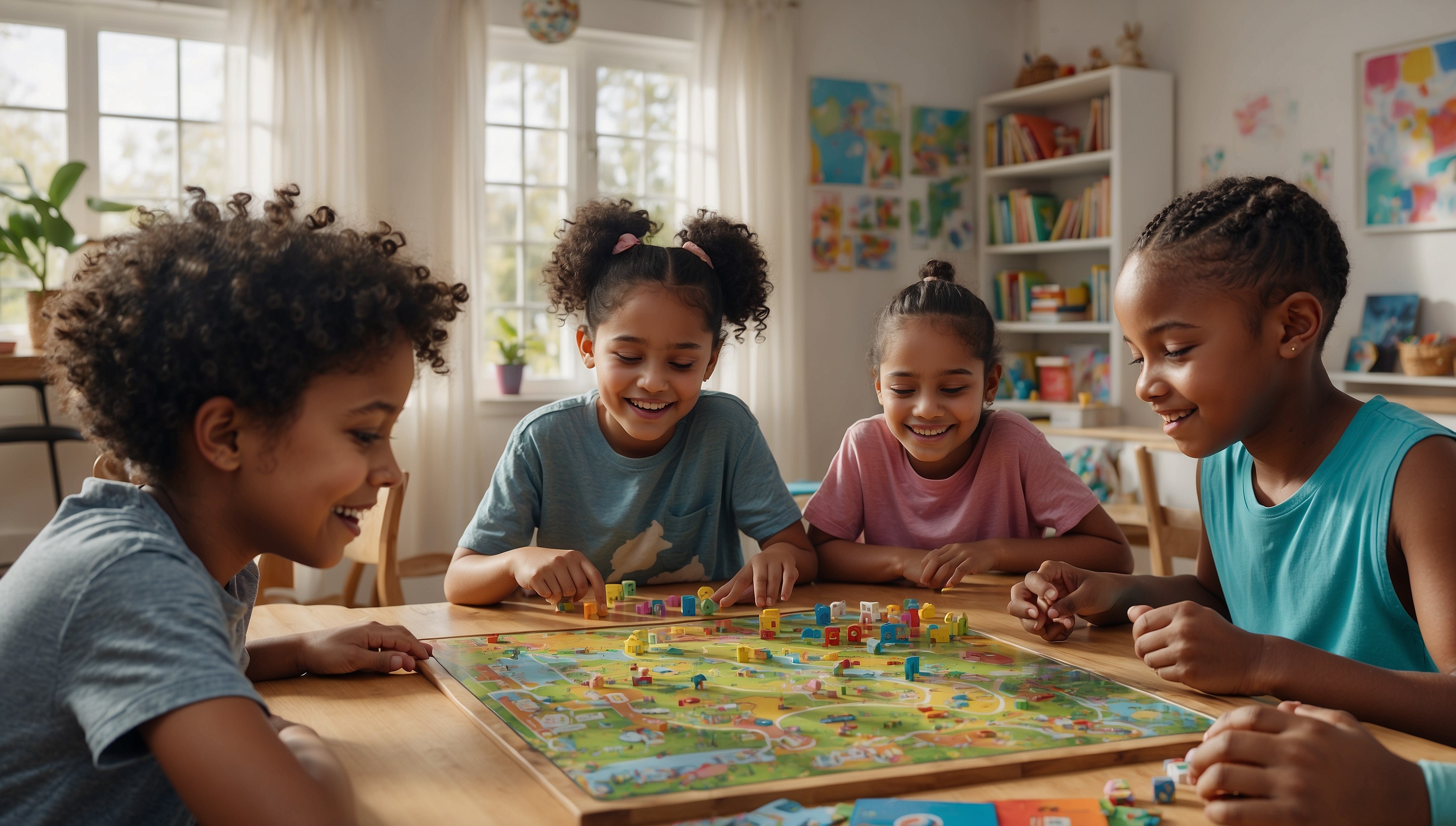Parental Guide: Ensuring Safe Gaming for Children
Oct-16-2024

Hey there, fellow parents and guardians! If you’ve got a young gamer in your home, you probably know the joys and challenges that come with the territory. From epic battles and puzzle-solving adventures to exploring vast digital worlds, gaming offers a universe of fun and learning. But, let’s be honest—navigating the world of video games as a parent can feel like diving into a mystery quest without a map. No worries, though! In this guide, I’ll guide you in depth through all the essential knowledge required to guarantee your child’s gaming experience is not only fun but also safe and balanced.
Why Safe Gaming Matters
Gaming has significantly evolved from its rudimentary phase of pixelated characters and simple controls. Today, kids are venturing into immersive 3D worlds, chatting with friends in real-time, and learning from interactive storylines. It’s like a digital playground—but just like in a real playground, there are rules to follow and dangers to avoid. From inappropriate content to online strangers, it's crucial to understand the risks so you can protect your young adventurers.
Think of it like this: You wouldn’t let your child cross a busy road without holding their hand at first, right? Similarly, it’s important to guide them through the gaming world until they’re ready to navigate it on their own. And trust me, when done right, gaming can be as enriching as reading a good book or playing a sport!
Choosing Age-Appropriate Games

One of the most important steps to ensuring a safe gaming experience is picking the right games for your child. Just like movies, video games come with ratings that give you a good idea of what’s inside. Check out ratings like ESRB (Entertainment Software Rating Board) or PEGI (Pan European Game Information) before purchasing a game. They’ll clue you in on whether the game contains strong language, scary scenes, or themes better suited for older players.
As a rule of thumb, always read a bit about the game before handing it over to your kiddo. Some games may look kid-friendly on the surface but have online features or in-game purchases that you might want to be wary of. And hey, don’t be afraid to try playing the game yourself! It’s a great way to connect with your child and understand what they’re playing. Plus, you might just find yourself hooked on a new favorite!
Setting Up Parental Controls: Your Secret Weapon
Let’s talk about one of the most powerful tools in your arsenal—parental controls. Nearly every gaming platform, whether it’s a console like the PlayStation or Xbox, or a digital store like Steam, offers some form of parental controls. These controls allow you to:
- Limit screen time to prevent those marathon gaming sessions.
- Restrict access to age-inappropriate games and content.
- Control who your child can interact with online.
- Manage in-game purchases to avoid surprise charges.
Parental controls are like the game’s difficulty settings, but for parenting. Set it to ‘easy mode’ by adjusting the settings and you’ll feel much more in control. It’s like giving your child the keys to a magical world but making sure they only go where it’s safe.
How to Set Parental Controls on Popular Platforms
Now, setting up these controls can vary from one platform to another, so here’s a quick rundown:
- PlayStation: Head to ‘Settings,’ then ‘Family Management.’ Here, you can create accounts for each child and customize their access based on age.
- Xbox: Go to ‘Settings’ and then ‘Family & Online Safety.’ Create a family group and manage content restrictions, screen time, and online interactions.
- Nintendo Switch: Download the Nintendo Parental Controls app on your smartphone. It’s super intuitive and lets you adjust settings remotely.
- Steam: Steam’s ‘Family View’ allows you to lock down parts of the library and set up a PIN for restricted access. It’s perfect for those curious kids!
Don’t skip this step—it’s a game-changer! And once it’s all set up, you can breathe a little easier, knowing that your child is playing within the boundaries you’ve established.
Understanding Online Interactions

Games can be fantastic for developing problem-solving skills, teamwork, and creativity. But like anything, it’s important to cultivate good habits early on. Encourage your kids to play games that challenge their minds and creativity, like puzzle games or ones that require strategic thinking. It’s a great way for them to have fun while also giving their brains a workout!
Here are a few habits to encourage:
- Play with a purpose: Encourage your child to play games that teach new skills or help them think critically. There’s a whole world beyond just shooting or racing!
- Take pride in achievements: Celebrate their accomplishments, whether it’s reaching a new level or solving a tough puzzle. It boosts confidence and makes the experience even more rewarding.
- Make time for offline hobbies: Balance gaming with other activities like reading, drawing, or playing sports. It helps to keep things fresh and exciting.
By fostering these habits, you’ll help your child become a well-rounded gamer who enjoys the best of both the digital and real worlds.
Staying Informed and Involved
Finally, the most important tip of all—stay in the loop! Keep yourself updated on the games your child is playing, and don’t be shy about jumping into a game with them from time to time. It’s not only a great bonding experience but also a chance to understand their interests better.
You can also join online communities or forums for parents with gamer kids. It’s like having your own party of allies in this journey. They can offer tips, share experiences, and keep you updated on the latest gaming trends. Plus, you might even find a few game recommendations that are perfect for family play!
The Final Boss: Wrapping Up
So, there you have it! While the gaming world may seem vast and intimidating, you’ve got what it takes to guide your little players through it. By choosing age-appropriate games, setting up controls, balancing screen time, and staying involved, you’re not just keeping them safe—you’re helping them build a positive and enriching relationship with gaming. It’s like being their co-op partner in life, always ready to tackle the next level together. Game on, and happy parenting!







